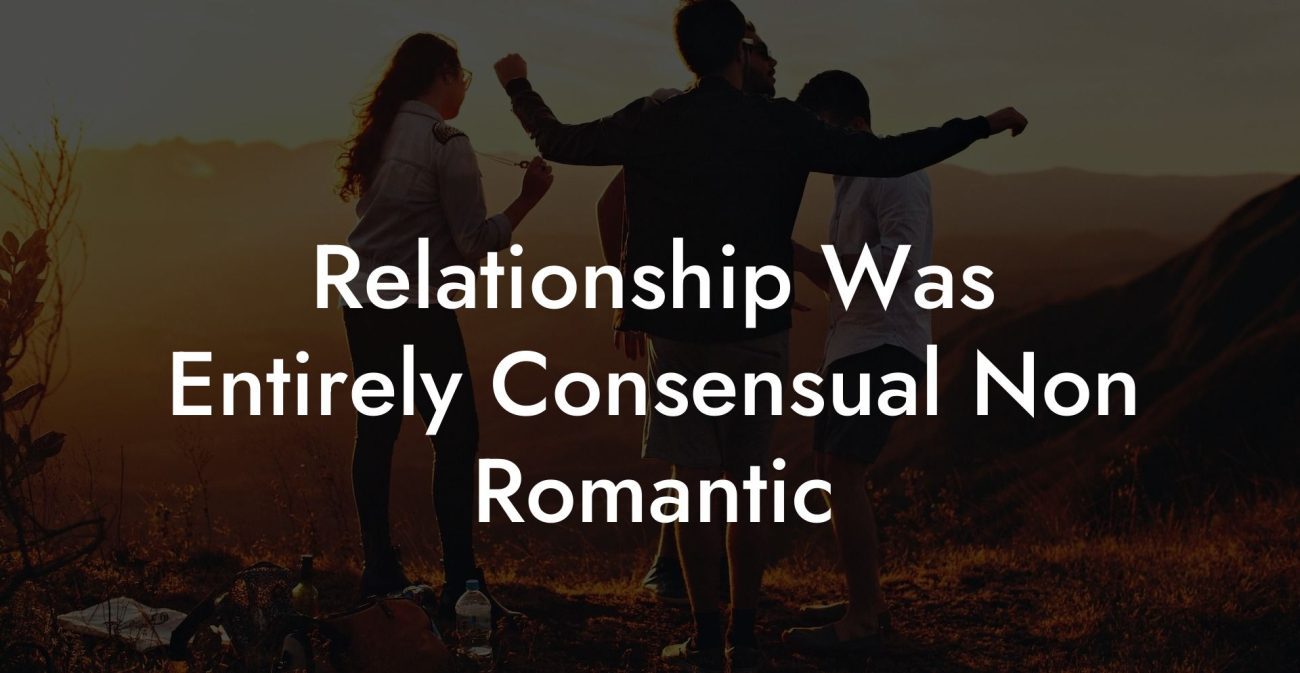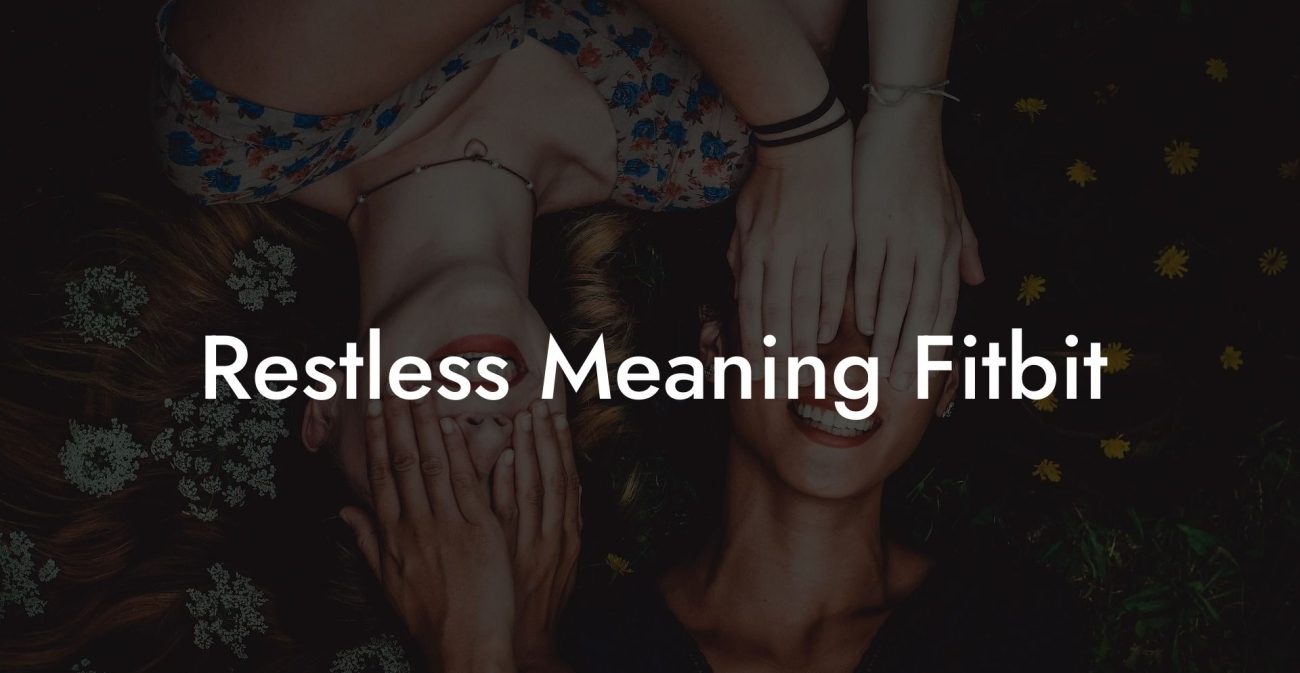As society continues to evolve, so do our concepts of love and relationships. Nowadays, a growing number of people are exploring alternatives to monogamy, including polyamory – a relationship dynamic in which an individual has multiple loving partnerships simultaneously. But how prevalent is this modern relationship approach? In this article, we'll delve into the statistics surrounding polyamory, share stories from the polyamorous community, and help you better understand this fascinating, increasingly popular relationship choice. So, let's dive in and uncover the prevalence of polyamory!
What Is The Prevalence Of Polyamory Table of Contents
Polyamory is often misunderstood due to its unconventional nature, leading some to believe it's a rare or obscure practice. However, various studies suggest that polyamory is growing in popularity and becoming more widely accepted. One such study published in the Journal of Sex and Marital Therapy estimates that 4-5% of the American population engages in some form of consensual non-monogamy (including polyamory, open relationships, and swinging). A more conservative estimate puts the figure at around 1.2-2.4 million people. While these numbers may seem small compared to the overall population, they indicate a significant number of individuals who actively practice polyamory.
What Is The Prevalence Of Polyamory Examples
Many people who are drawn to polyamory find that adhering to the traditional expectations of monogamous relationships doesn't fulfill their emotional or intimate desires. For some, the ability to build and maintain multiple deep connections simultaneously offers a more authentic and fulfilling way to explore love and partnership. Take, for example, Kyle and Ashley, a married couple in their 30s who decided to open up their relationship to polyamory after feeling confined by monogamy's limitations. They each began developing separate relationships with others and discovered that their love for one another only grew stronger.
Debunking common misconceptions about polyamory, they found that jealousy and possessiveness were not as prevalent as some might expect. Rather, the concept of 'compersion' – feeling joy and happiness when witnessing one's partner experiencing pleasure in another relationship – became a significant part of their polyamorous journey. In their words, polyamory has taught them more about trust, communication, and love's many facets than they could have imagined.
Another case involves Steve and Sophie, a polyamorous couple who identify as “solo poly.” They maintain their individuality and independence by choosing to date others separately without the constraints of a primary partnership. For them, polyamory offers a network of emotional support from multiple partners, making it easier to navigate through life's ups and downs.
As we've explored, the prevalence of polyamory is a testament to the ever-evolving nature of human relationships. Although there are no universally applicable statistics, a growing number of people are opting for this modern love dynamic, creating unique, fulfilling connections. Through open communication and mutual trust, polyamory is transforming how we express love, intimacy, and companionship.
If you've enjoyed learning more about the prevalence of polyamory, be sure to explore other articles on The Monogamy Experiment. Do you have friends or loved ones who may be intrigued by this subject? Don't hesitate to share this post and spark a conversation about the many expressions of love that exist in our modern world. Meanwhile, keep experimenting and keep an open mind – you never know where love may lead you.













